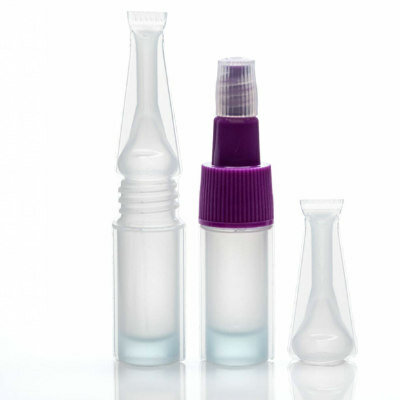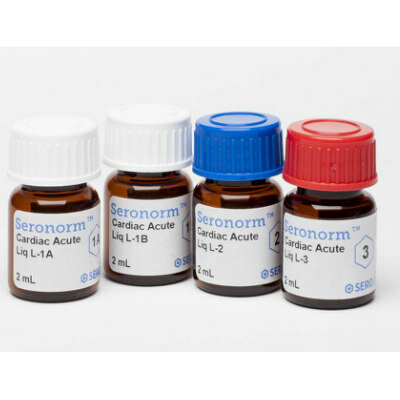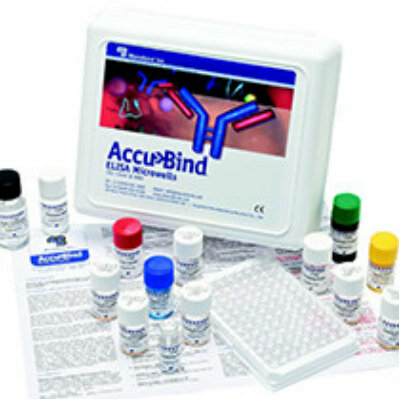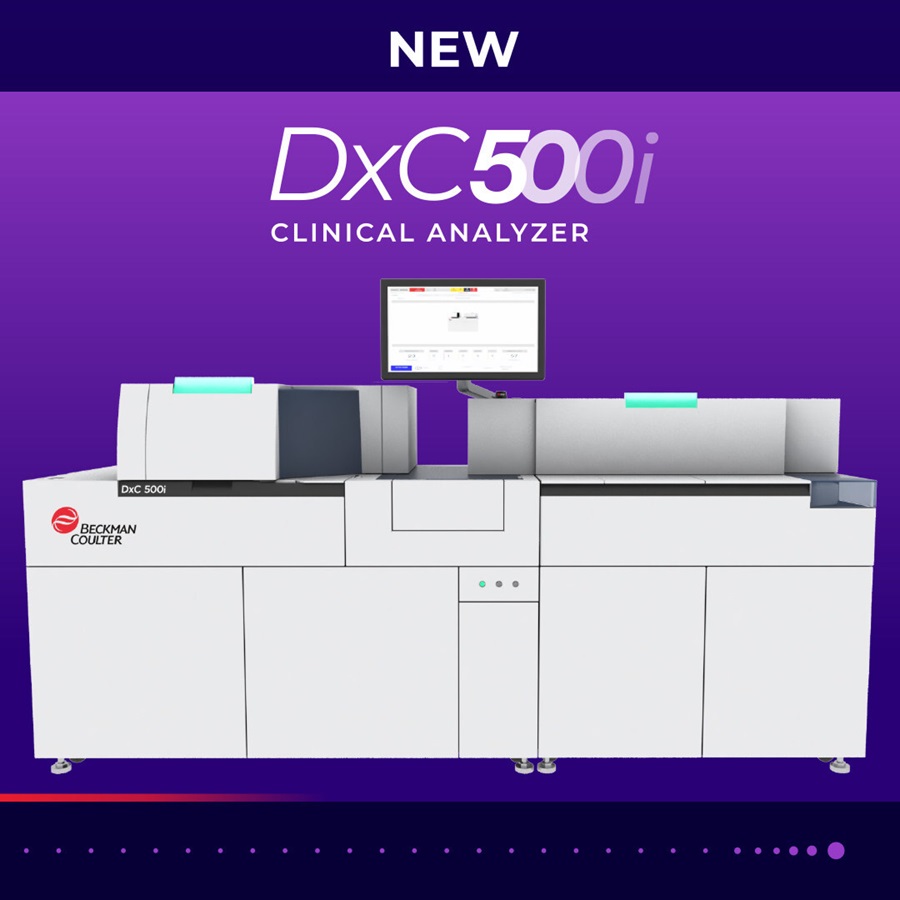AI Model Detects Cancer at Lightning Speed through Sugar Analyses
Posted on 04 Jul 2024
Glycans, which are structures made up of sugar molecules within cells, can be analyzed using mass spectrometry. This technique is particularly useful because these sugar structures can reveal the presence of various cancer types within cells. However, interpreting the data from mass spectrometry, specifically, the fragmentation patterns of glycans, requires meticulous human analysis. This detailed scrutiny can take from several hours to days per sample and is only reliably performed by a handful of highly skilled experts globally, as it involves complex, learned detective work over many years. This need for expert analysis creates a significant bottleneck in utilizing glycan analysis for applications like cancer detection, especially when numerous samples need examination. Researchers have now introduced an artificial intelligence (AI) model that enhances the ability to detect cancer through sugar molecule analysis, proving to be both quicker and more effective than the traditional semi-manual approaches.
The AI model, named Candycrunch, was trained by researchers at the University of Gothenburg (Gothenburg, Sweden) using a vast database containing over 500,000 examples of various fragmentations and associated structures of sugar molecules. This extensive training has equipped Candycrunch to accurately determine the precise structure of sugars in a sample in 90% of cases, aiming to soon match the accuracy levels seen in the sequencing of other biological sequences like DNA, RNA, and proteins. The AI model described in a scientific article published in Nature Methods automates glycan analysis and completes it in just a few seconds. Moreover, Candycrunch can identify sugar structures that are typically overlooked by human analysts due to their low concentrations. Due to its speed and precision, Candycrunch significantly speeds up the identification of glycan-based biomarkers, which are crucial for diagnosing and predicting cancer. Thus, the model holds promise in aiding researchers to discover new glycan-based biomarkers for cancer.

“We believe that glycan analyses will become a bigger part of biological and clinical research now that we have automated the biggest bottleneck,” said Daniel Bojar, Associate Senior Lecturer in Bioinformatics at the University of Gothenburg.
Related Links:
University of Gothenburg











.jpg)

